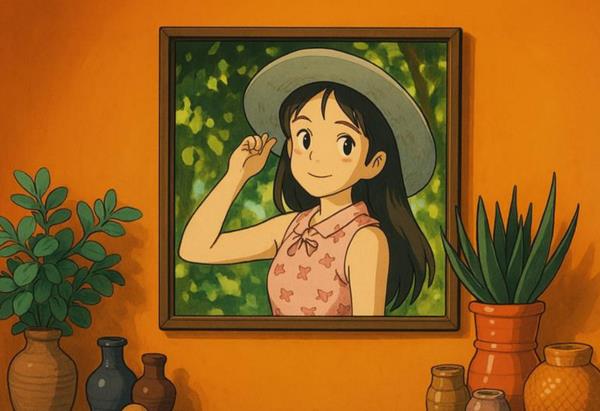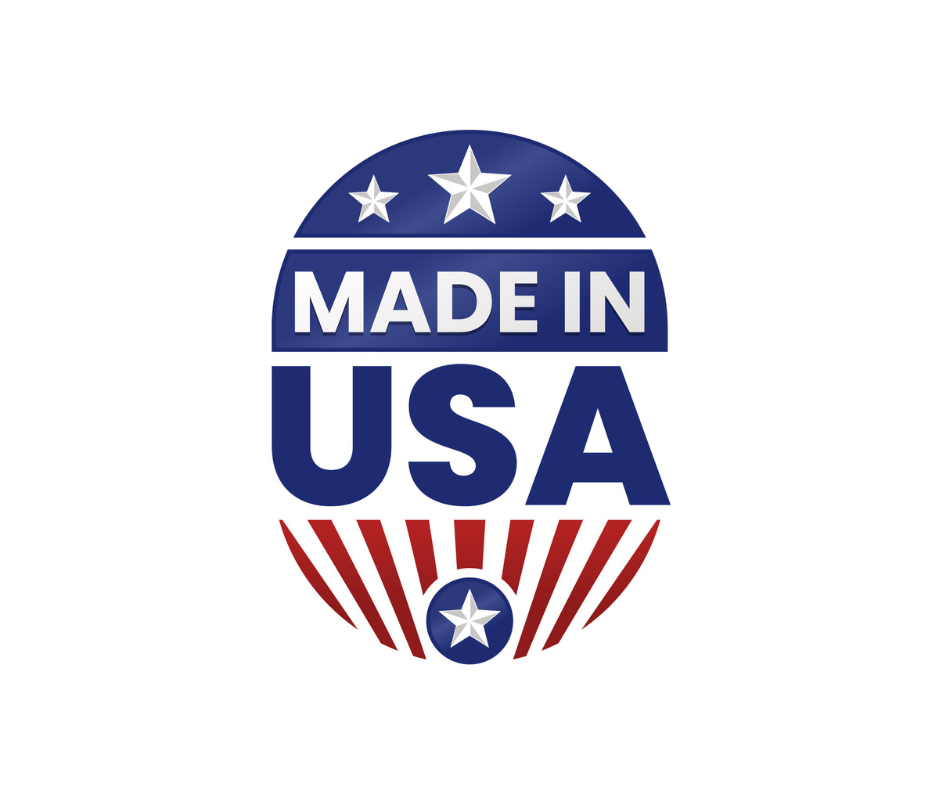Uses of Stretcher Bar
Traditional Stretcher Bars
Traditional Stretcher bars are the ones with mortise and tenon joint. Mortise serves as the bracket while the tenon is the piece of wood that fits into the bracket, forming a joint. These joints are interlocked through a wooden hammer by the use of wooden wedges. They are re- stretchable and affordable. Traditional stretcher bars can also be resued again by taking off an old canvas and replacing it with a new one.
What are the negatives?
To an extent, the negatives depend on the type of wood that is being used for mortise and tenon joint stretcher bars. If Fir or Paulownia woods are being used for the construction, chances are that they will be too sensitive to the surrounding environment, meaning that you may have to readjust your wedges in case they expand or contract because of the changes in the surrounding temperature.
Pre-Assembled Strainer Bars
Also known as cut and pin pre-assembled bars, they are made of cut wooden bars held together with the help of v-nails or a glue solution in some cases, and this is where they get their name from. The final frame corner is L-shaped bracket, which are then assembled together to complete the entire stretcher. They are easy and quick to construct and the cheapest method to get your canvas stretched.
What are the negatives?
Unlike their counterparts, they cannot be re-stretched if a canvas goes loose. Furthermore they are not ideal for large canvases and if you do persist with it while producing a large artwork, you may find your canvas getting bulgy after some time. Apart from that cut and pin stretcher bars are also not ideal for reuse.
Wunderbar Stretcher Bars
Wunderbar stretcher bars are designed in such a way that even those artists who do not know how to stretch a canvas, can easily use them. They are to be used with digital images along with manual artwork. Being fixed with springs at the corner, you no longer have to worry about readjusting your canvas, in case of environmental expansion or contraction. If you think you want to reuse them, simply take off the old canvas, remove the pins and re-staple them without any hassle.
What are the negatives?
The only negative is they are expensive than the other two available options. While Wunderbar stretcher bars come at a premium, they are a worthy investment for those looking to display very large canvas wall art or create large custom canvas prints. Their user-friendly design is perfect for stretched canvas and stretcher canvas, accommodating both beginners and seasoned artists alike.
To Wrap Up!
In conclusion, Wunderbar stretcher bars represent a top-tier choice for artists and collectors who prioritize ease of use, durability, and versatility. Although they are more expensive than other options, the value they provide, especially for those creating very large canvas wall art and large custom canvas prints, is undeniable.









